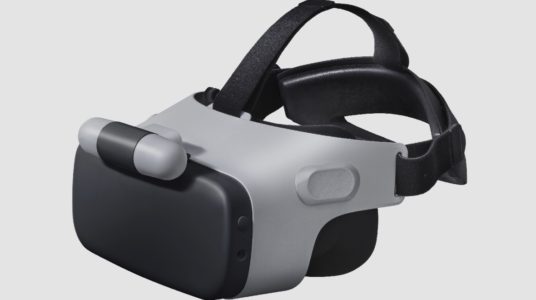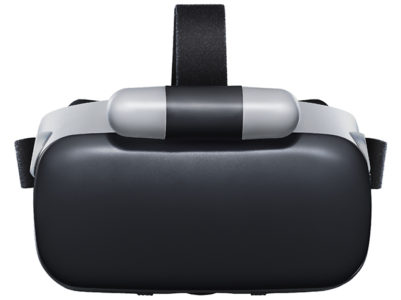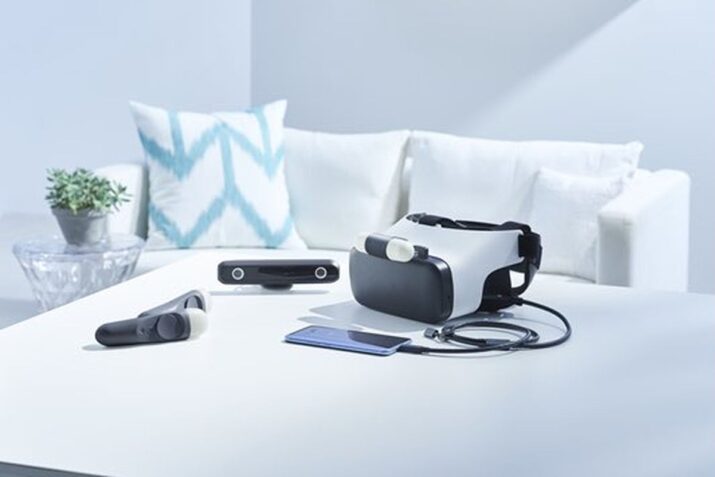
The dreaded “screen door effect”, the feeling that you are looking at your VR headset through a line inducing screen door. How many PPI, pixels per inch, does your phone have? How many does it need? Samsung teased uses briefly with a standalone VR Headset with 1500 ppi. Now HTC has released Link, with (2) two 3.6-inch 1080 x 1200 LCD displays and a 110-degree field of view and with support for 90Hz refresh rate. In addition, the unit comes with an external camera sensor and hand controllers.


But with one caveat, you have to buy the HTC U-11 phone and one other small detail, you have to live in Japan. Yes, at this point, you have to move to Japan to get one of these. I haven’t heard if the menu is available in English, so you may also have to learn Japanese! Could it be worth it? Well, the HTC Link will be the first smartphone-based VR headset to offer 6 DoF, or six degrees of freedom. 6 DoF will allow you to move inside the VR space for greater immersion.
The bigger question. Is this the way of the future and the answer to the pixel challenge? The original idea of using your smartphone seemed to be a step towards a ubiquitous everything display where your headset would not only play games but also let you browse the web or Facebook or anywhere else, for that matter. But then the screen door issue raised its ugly head. Putting a smartphone centimeters from your face requires a high PPI in order to achieve a quality display. But other than for VR, how many pixels per inch do you need? Will phone makers be willing to increase the cost-inducing PPI JUST for making a rich VR experience? Will consumers, other than the VR faithful be willing to dish out the extra bucks?

So I put it to you, dear readers, is HTC on to something? Or are they going in the wrong direction? Please post your comments.

